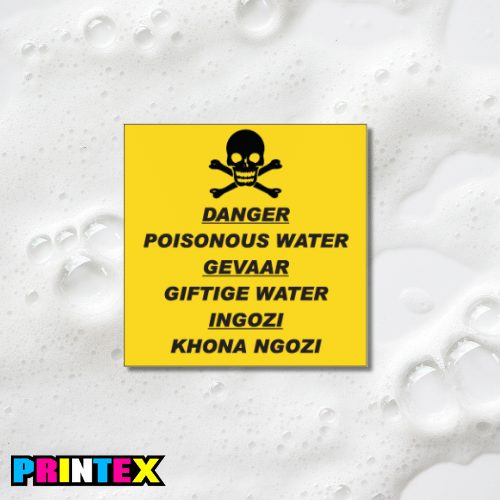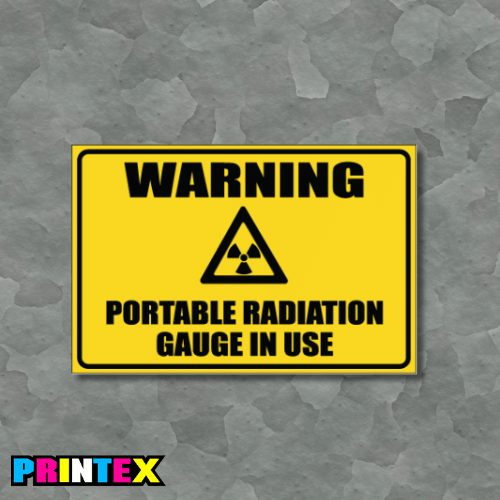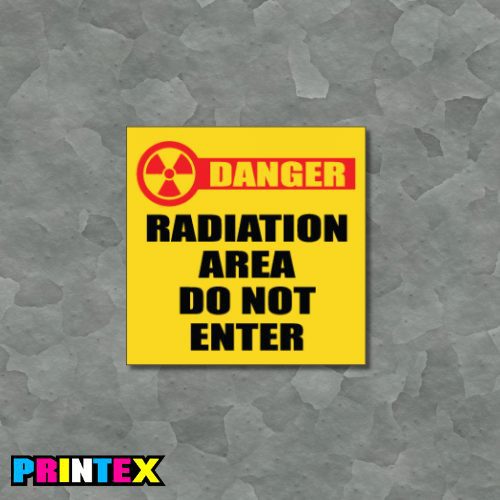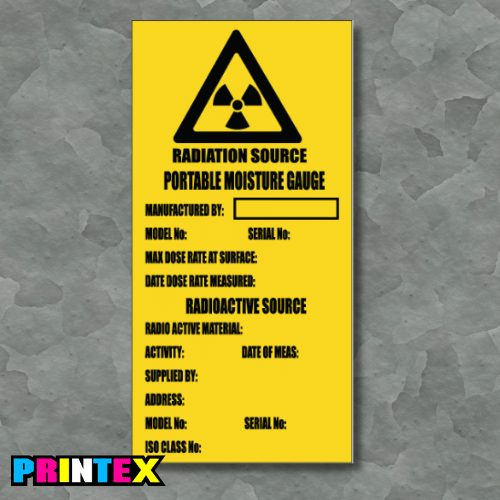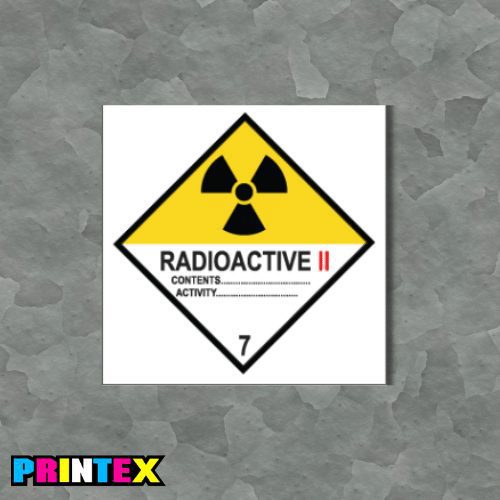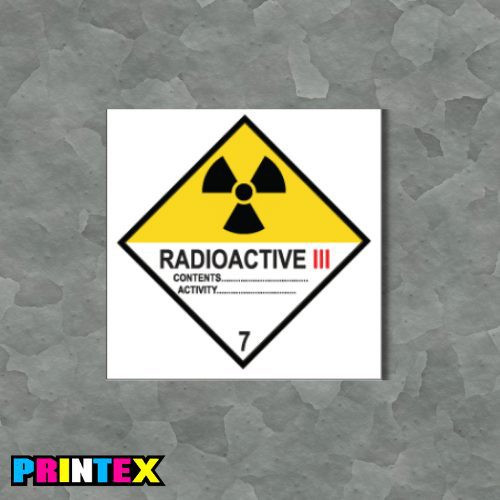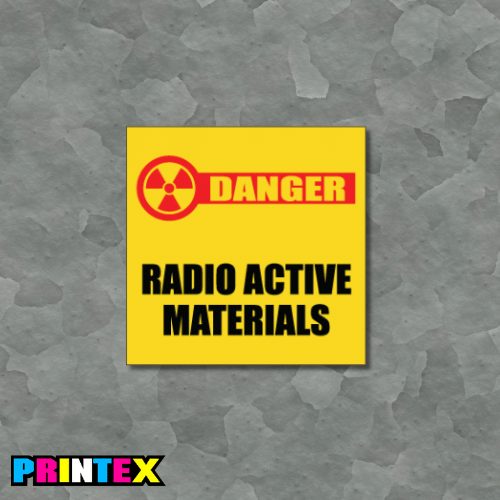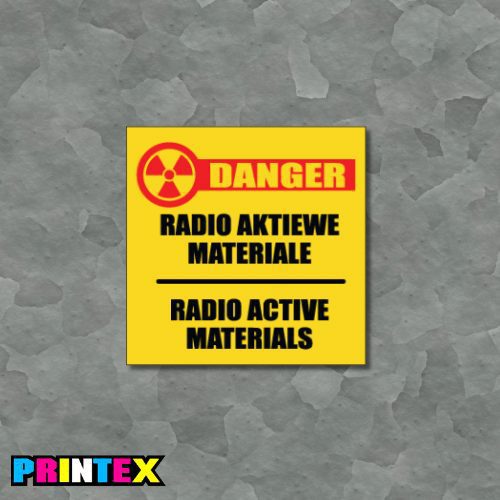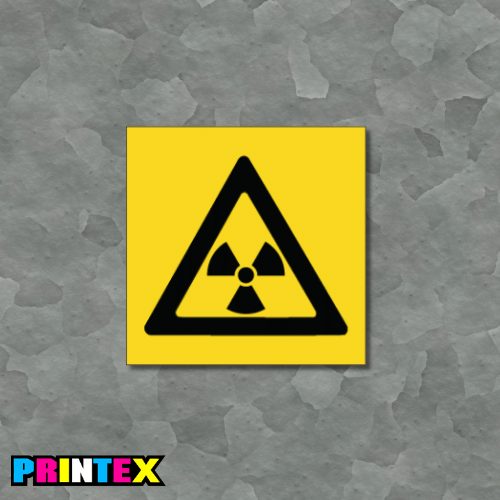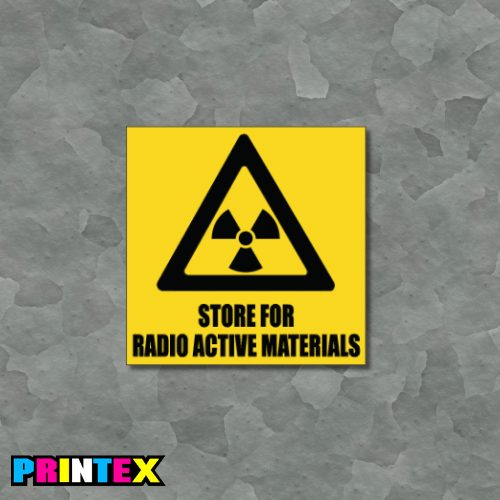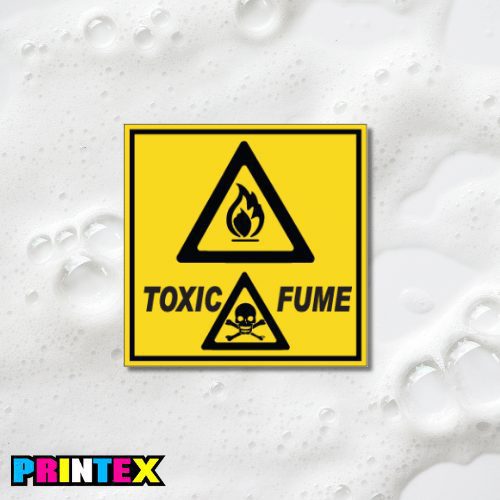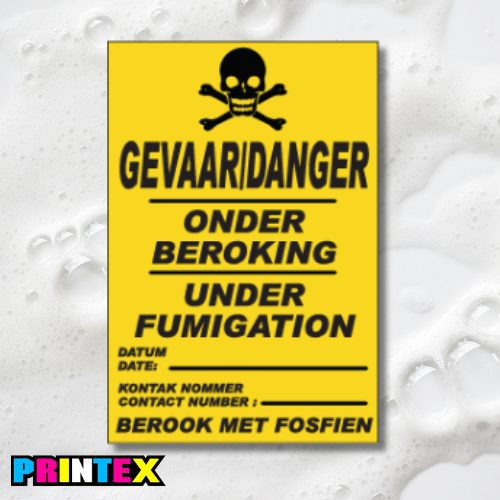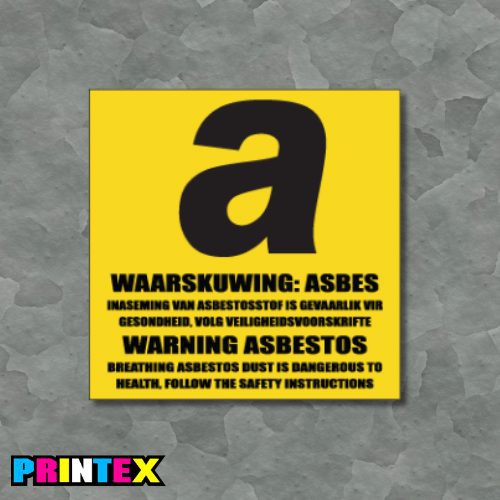Caution & Danger Signs
Showing 61–75 of 75 results
Caution and danger signs are critical components of safety communication, serving to alert individuals to potential hazards and unsafe conditions in various environments. These signs are designed to convey warnings, instruct actions, and prevent accidents. Here are some frequently asked questions (FAQ) about caution and danger signs:
Safety regulations may specify the placement, size, and visibility requirements for caution and danger signs. These requirements ensure that signs are easily seen and understood by those in the area.
Yellow is typically used for caution signs and indicates a need to be careful, take precautions, and be aware of potential hazards. Red is often used for danger signs and signifies an imminent, life-threatening hazard that requires immediate action.
These signs are designed with standardized shapes, colors, symbols, and text to ensure quick recognition and understanding. They use universally recognized symbols and words to convey specific warnings and instructions.
Caution signs typically indicate potential hazards or conditions that may result in minor or moderate injuries. Danger signs, on the other hand, indicate imminent hazards or conditions that can lead to severe or life-threatening injuries.
Caution and danger signs are safety signs used to communicate warnings about potential hazards, dangers, or unsafe conditions in specific areas. Their primary function is to alert individuals to these risks and prompt them to take precautionary measures.



